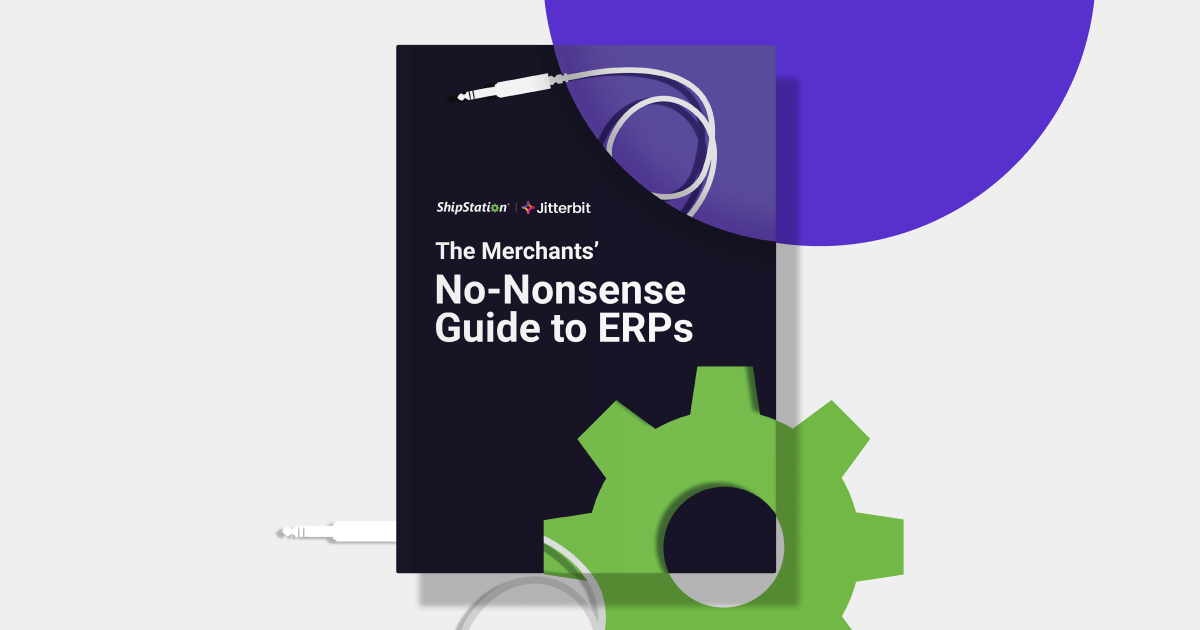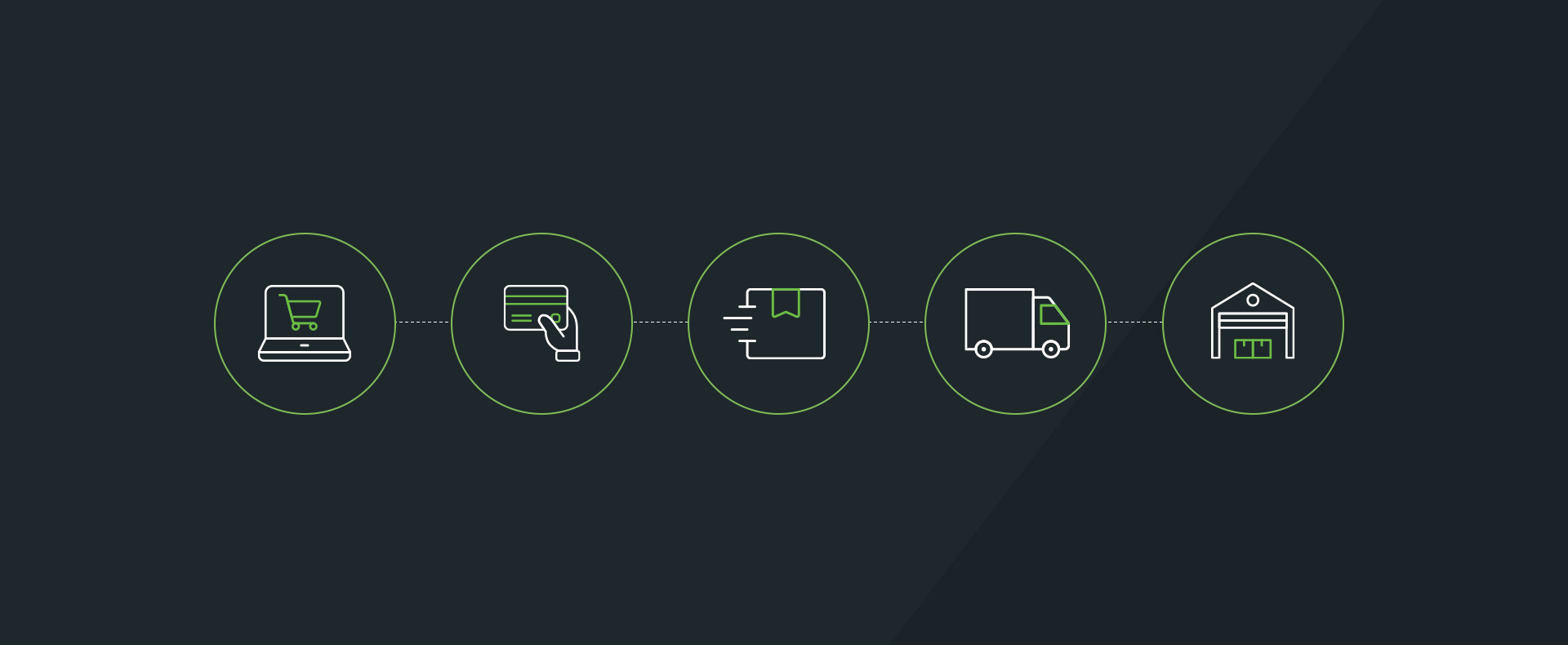The Holiday Rush is Over – 9 Tips to make this year better than the last one
After a busy fourth quarter, it can be downright depressing to see sales plummet after the holidays. If you want to keep up the momentum and start 2014 off strong, here are some tips:
Good:
- Send an End of the Year / Beginning of the New Year Message. Connect with your customers (and stay in their thoughts) by offering highlights from the year. Don’t forget to thank your customers and staff for everything your business achieved. Make sure to include photos or videos.
- Offer January deals. Instead of accepting the fact that January sales will be slow, get things moving by offering January promotions and discounts. This will help get rid of inventory, as well as to capture sales of customers who appreciate a bargain.
- Introduce a new product or service. We all love to hear about something new, and launching something new may not only get the attention of current and potential customers, but lead to sales.
Better:
- Create a mobile-friendly website. Mobile commerce in the United States will grow nearly 63% in 2013 vs. 2012, according to Internet Retailer. Get a piece of that fast-growing pie by reconfiguring your website to include responsive design. This way, you don’t have a specific “m.storename.com” where you have to have two completely different code bases for your desktop site versus your mobile one. Going responsive also means that the number of errors you have and changes you have to make both go down and make your (and your webmaster’s) life easier.
- Increase your site’s security. As the number of eCommerce payment transactions increases, so does the likelihood of security and fraud issues. Use only secure (SSL) connections for online transactions, and don’t store customer financial information (making sure you’re PCI-compliant). Most of the hosted eCommerce platforms tout their PCI Compliance, so as long as you can find it on their website, you should be just fine. Marketplaces like Etsy, eBay, Amazon, and others should also have this taken care of, though it’s always good to double-check. (As long as you don’t have any credit card or bank account numbers, you should be ok.) For additional ideas, read this article from CIO Magazine.
- Make analytics a priority. It’s not glamorous, but understanding the sales and site behavior of your customers will help you make decisions that will help your business grow. Plan to review analytics daily, or at least weekly. Your eCommerce software probably offers analytics, and more often than not, it integrates directly with Google Analytics. And don’t forget to use social media analytics programs to more effectively manage your social media marketing activities.
Best:
- Gain sales by reaching out to those who abandon shopping carts. According to research included in a Shopify blog post, over 67.45% of online shopping carts are abandoned. While there are many reasons for shopping cart abandonment, capturing even a small percentage of future sales from those who abandoned their shopping carts can make an enormous difference in sales. Many eCommerce software programs now include a feature that allows you to automatically send emails to those who abandon shopping carts. Spend time testing different options to maximize recovered sales (coupon or no coupon, sending the email 6 hours or 24 hours after shopping cart abandonment, etc.) to find out which works best for your business and your customers.
- Create or tweak your retention program. You may have heard this statistic: it costs five times more to get a new customer than to retain an existing customer. While this is familiar to many people, online retailers often fall short on ways to make their existing customers happy enough to make repeat purchases, as well as share information about products and eCommerce companies. Retention programs can include everything from sending out coupons to people on your newsletter list, to creating a loyalty points program (this is a fast-growing area which some eCommerce website and shopping cart providers have included as a feature or app). The bottom line: make keeping current customers a priority, and you’ll reap the benefits.
- Add product reviews to your website’s homepage. In every study, online reviews are a major driver of eCommerce sales. According to research compiled by People Claim, customer reviews create a 74% increase in product conversion, and 63% of consumers are more likely to purchase from a site if it has product ratings and reviews. Think about the last time you searched for a product on Amazon. If you found more than one version, you probably searched for the Prime-eligible one (if you have Prime), and then you searched for the one with the highest rating. Your customers are doing the same thing. For the new year, make featuring online reviews a priority. Instead of burying your online reviews within your site, post them prominently on your home page, where you can maximize their impact.
What other tips do you have for maximizing sales in the new year? Leave them in the comments!





